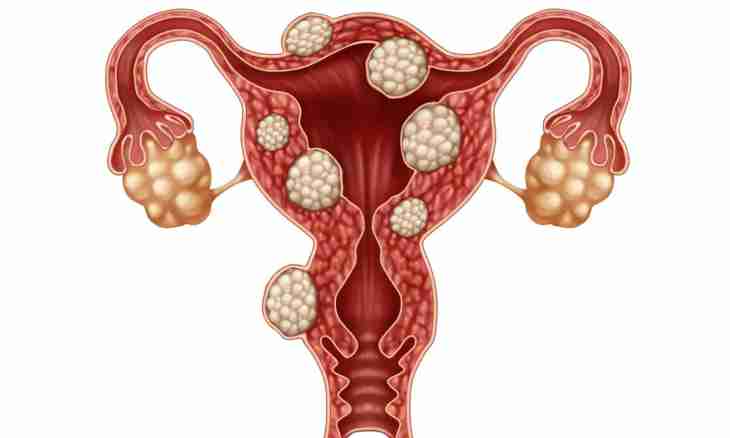Extra-uterine pregnancy – dangerous pathology at which the impregnated ovum begins to develop out of a uterus cavity. And if the help is not rendered to the woman in time, she can die from extensive blood loss and shock. How it is possible to distinguish pathological pregnancy from normal?
Instruction
1. Extra-uterine pregnancy – the phenomenon infrequent, making about 1-2 percent from all pregnancies. Most often it arises because of violation of functions of uterine tubes, solderings and impassability. The women who had sexually transmitted infections (gonorrhea, clamidiosis, etc.), inflammatory diseases of genitals, endometriosis get into risk group. All women who have an increased probability of development of extra-uterine pregnancy should visit the gynecologist at the slightest suspicion of pathology.
2. Right at the beginning symptoms of extra-uterine pregnancy differ in nothing from signs of uterine: at the woman the periods delay is observed, mammary glands bulk up, drowsiness, nausea, weakness, etc. appears. To define whether uterine pregnancy, only the doctor can.
3. The analysis on availability of hormone of a horionichesky gonadotrophin also reveals it both at uterine, and at extra-uterine pregnancy. But if concentration of HGCh is slightly lower, than it is necessary on term, the doctor can suspect pathological pregnancy. Sometimes in that case this hormone so is not enough that the house test for it does not react.
4. Quite often at extra-uterine pregnancy those days when there had to be periods, there are bloody allocations that is a consequence of reaction of endometrium to fetal egg in a uterine tube. This symptom is confused sometimes with periods or spontaneous abortion.
5. It is possible to suspect extra-uterine pregnancy on unusually poor or come with a delay periods. In that case make the test for pregnancy or the analysis for HGCh. And if the result is positive – address the gynecologist. He, most likely, will appoint additional tests for definition of gain of HGCh. At uterine pregnancy the amount of hormone doubles each two days. If so does not occur – pregnancy, perhaps, extra-uterine.
6. Ultrasonography can define uterine pregnancy at the HGCh 1800 CHALK level (on term about 5 weeks). If at such amount of hormone fetal egg in a uterus is not visible, the risk of extra-uterine pregnancy is very high.
7. If at suspicion on extra-uterine pregnancy the condition of the woman worsens, by it appoint laparoscopy. For this inspection the internals are examined by means of the thin telescope. At confirmation of the diagnosis, fetal egg is deleted.
8. Fortunately, by means of laparoscopy very often it is possible to keep a uterine tube that allows the woman to count on normal pregnancy further. For increase in this probability, before the planned conception it is expedient to be double-checked this way to define a condition of bodies of a small pelvis and uterine tubes.

